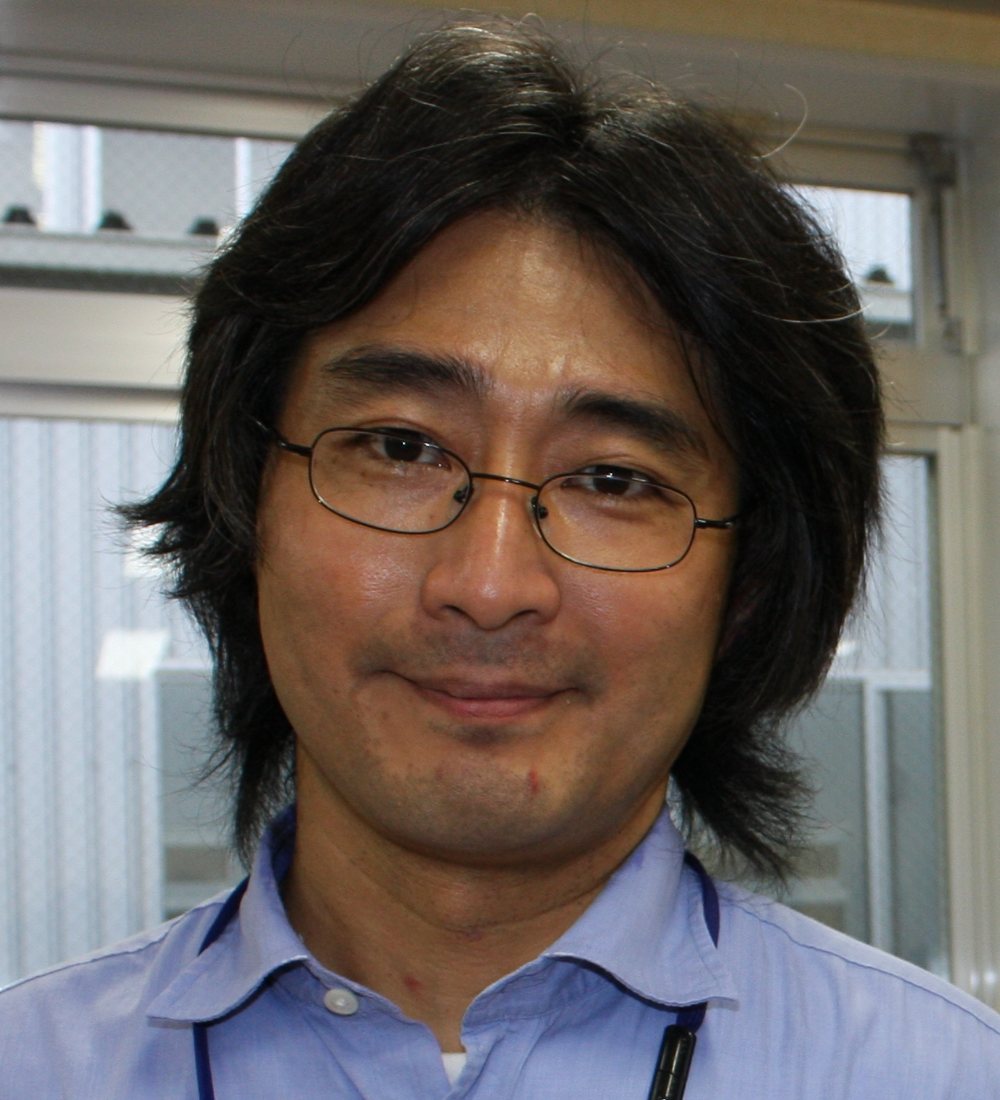Director's Corner
1 April 2010
 Barry Barish |
“Physics” at the Beijing Linear Collider Workshop
A highlight of the opening day plenary session at the Linear Collider Workshop 2010 at Beijing from 24 to 29 March 2010 was a talk given (over video from Kashiwa, Japan) by Hitoshi Murayama simply entitled “Physics.” In actuality, Hitoshi addressed a rather specific physics subject, that of the “Physics Case for the ILC.” In a sense, this talk was both a personal update of the prospects for physics at the ILC and direct comments on the various ‘myths’ and ‘facts’ commonly heard about the ILC. As usual, Hitoshi's talk was both interesting and inspirational.
 Hitoshi Murayama. Image: IPMU Hitoshi Murayama. Image: IPMU |
 Murayama's map of the world of possibilities for the future of particle physics. (Courtesy of Hitoshi Murayama) Murayama's map of the world of possibilities for the future of particle physics. (Courtesy of Hitoshi Murayama) |
Hitoshi Murayama is the Director of the Institute for the Physics and Mathematics of the Universe (IPMU) at the University of Tokyo and MacAdams Professor of Physics at University of California, Berkeley. IPMU is one of five centres that have been created through the World Premier International Research Center Initiative in Japan having the goal of building leading research centres in the world. The IPMU, funded at the level of 12 million dollars per year, has the goal of building a top-level cross-disciplinary research institution of astronomers, physicists and mathematicians that will address fundamental cosmic questions.
Hitoshi began his LCWS talk by noting that the physics case has not changed much since the early 1990s when he first became part of the linear collider community, and that in one sense is reassuring, but in another, disappointing. We still know little about electroweak symmetry breaking, the Higgs sector and the hierarchy problem. Precision data suggests a light Higgs particle, and the dark matter may be a TeV-scale supersymmetric particle. Hitoshi reviewed how the ILC would provide the complementary information to the LHC for these and other Terascale physics topics.
Finally, Hitoshi went through what he called the myths and facts regarding the LHC and the ILC:
Hitoshi finally concludes: “ILC physics is great, as long as the new particles are within range, enabling us to reconstruct theory based on data. What energy is enough? LHC will tell us, so look forward! We need to be ready once there is new physics.”
Thanks, Hitoshi, for reminding us why we are working so hard to develop a robust design for the ILC accelerator and detectors.
-- Barry Barish